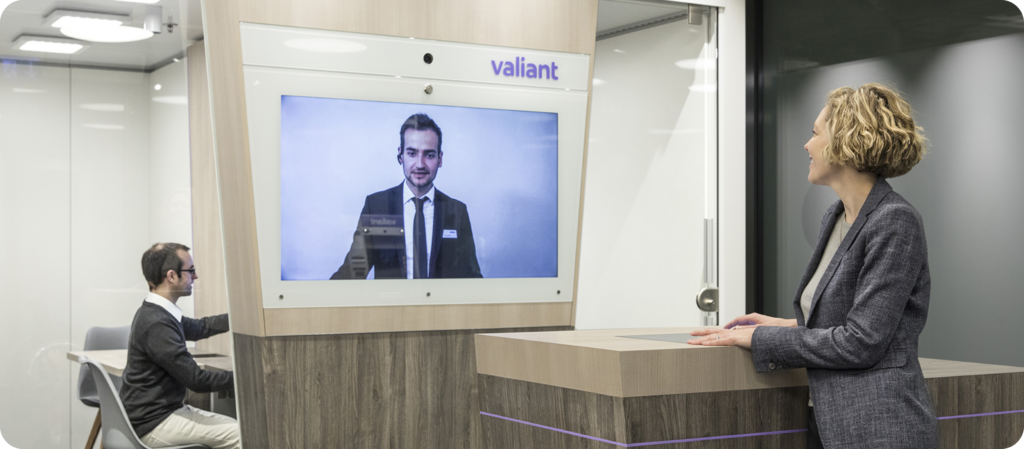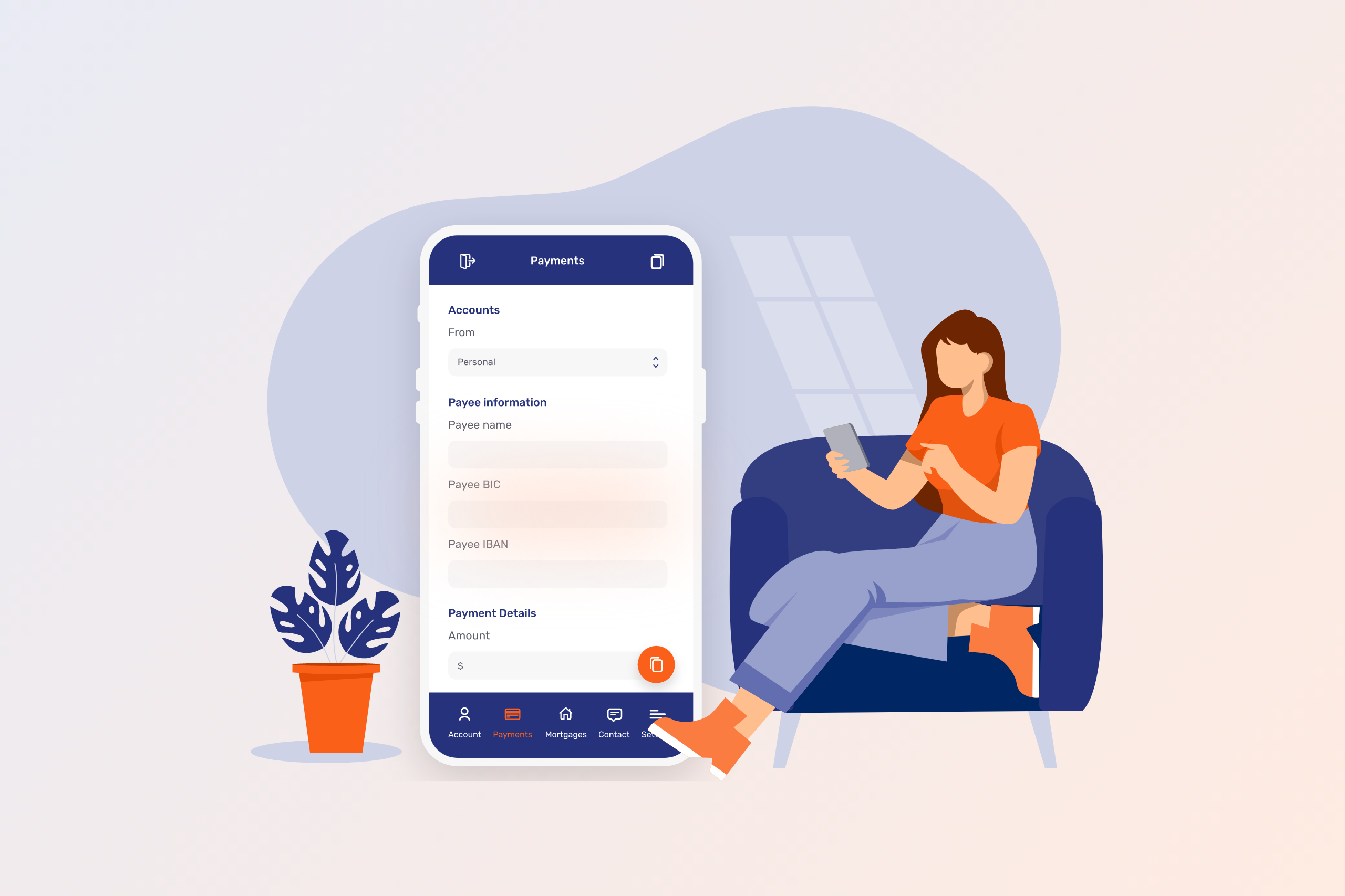One thing is for certain – bank branches are changing. As in-person footfall declines and digital or hybrid experiences become the norm, banks are faced with a do-or-die dilemma. That is to say, do you invest in branch transformation or allow your branch network to slowly fade away?
Most customers and the banks themselves would miss branches if they were gone altogether. While newer fintech companies offer a digital-only experience, there are issues with this completely hands-off approach that can sour customer relationships.
For the financial institutions that decide they do want to maintain a physical presence, the challenges quickly start to mount. Not only do they need to be cost-effective and profitable, but they need to offer a customer service experience that makes them worthwhile.
Branch transformation approaches
There is no one solution to branch transformation, as can be seen with the approaches taken around the world. One standout example is the Santander Work Café project, which aims to make bank branches vibrant and attractive spaces. Known as Work Cafés – they straddle the line between coworking, community hubs, and, of course, bank branches. It is a novel approach to solve the problem, with a reported 180 visits per day in Spain in 2021, and led to a 2-4x increase in account openings.
But while this is working well for Santander, it isn’t an appropriate solution for all banks. This concept centers on quality over quantity, with around 150 Work Cafés in the entire world – compared to 9,000 brick-and-mortar branches.
If you are looking to avoid network closures or even drive branch expansion (especially in rural communities), the Santander approach would have limited success. Instead, the model would need to revolve around a different type of advanced technology solution.
The digital reception

This is where the Unblu Branch digital reception comes in. The digital reception technology provides a hybrid experience within a physical branch location. When a customer enters, they “call” a branch staff who appears on a screen and directs the transaction.
On the surface, it appears to be a simple solution – but various aspects need to be taken into consideration for it to function properly.
Ease of use for customer satisfaction
The first consideration always needs to be the customer base, particularly in a branch context. The fact is, customers still do value having a branch in their community. This is particularly true in France, Italy, and Spain, where branch employees are one of the top four drivers of customer experience.

In France and Italy, studies show that 31% of French and 27% of Italian customers who primarily operate online did benefit from in-person customer service in 2022.
If customers don’t like the branch experience of a digital reception, it is going to be difficult to make it work long term. For this reason, a lot of time was spent in developing the CX and UX experiences that take into consideration both the digital and in-person components. When customers enter, they are personally greeted and the digital aspects of the branch are intuitive for all demographics.
This is why some banks place strong emphasis on emotional intelligence when hiring branch staff, as exemplified by the Italian Banca di Credito Cooperativo o Cassa Rurale (BCC). These institutions recognized that branch employees play a vital role in building empathy with customers by confidently managing difficult situations and solving problems.
Access to expert advice
Beyond this, there is a service advantage to the digital reception that goes beyond traditional bank branches, particularly rural ones. One agent can serve multiple branches remotely, meaning that customers can get access to industry experts that may not have been available in those locations.

Equipping branch staff to carry out their functions
Gaining verbal access to an agent is only one part of the puzzle. The agent also needs to be empowered to offer the same level of service (at a minimum) as they would in a fully in-person environment. There are numerous aspects to this.
Guaranteeing security and verification

Firstly, the remote agent needs to ensure that security procedures are followed at all times. The digital reception features a seamless experience for verification that allows the agent to know exactly who the customer is.
Likewise, measures are put in place to ensure that all data protection guidelines are met at all times. In many ways, this is similar to choosing any video software – but with the added component of it being in person.
Ensuring personalized service excellence
Next, the agents need the tools to solve a broad range of queries. Many customers will go to the branch for routine transactions without teller assistance, but others will be seeking more in-depth support. This could be discussing taking out a mortgage, debt-management advice, or other sensitive issues.
In these contexts, agents can’t continue private conversations in the open reception space. To overcome this challenge, agents have full remote access to the branch. They can physically lock and unlock private meeting rooms, which are equipped with screens to ensure the personal assistance continues in a secure environment.

And when it comes time to take a conversation to the next stage, the remote setup can include the ability to control printers, document cameras or signature pads.
Cost-effective to run
The main pressure on traditional branch networks is that they are increasingly challenging to maintain profitability. In many cases, this leads to reduced operational hours and even closures.

With the digital branch, as one agent is able to serve multiple locations, there is a substantial cost reduction in terms of direct labor. What’s more, depending on the strategy employed, the digital reception can be used in conjunction with other cost-saving measures. As a result of this, more branches can open, driving revenue as a result.
The digital experience in context: Valiant bank
The digital reception is the technological lynchpin of an overall strategic approach to revolutionize branch networks. To understand how it works in context, we can look at Valiant Bank’s success in expanding their network.Valiant Bank is a Swiss-based retail bank for private individuals and SMEs. Faced with lower footfall and reduced opening hours, the bank needed to revitalize its branch network.
Design choices: Laying the groundwork

Implementing a digital reception has a number of inherent advantages when it comes to the space and startup costs associated with each branch. This allowed Valiant Bank to take a new approach to the physical branch design.
Not only does it reduce the physical space necessary for the branch, but, as Valiant discovered, it allowed them to use a modular approach, based on retail store layouts. In this way, Valiant was able to lower the setup cost of each branch, making them more affordable.
Installing the digital reception
The digital reception, powered by Unblu Branch, was then able to be implemented – tying together the entire branch strategy.
With the digital reception, customers were able to get access to an advisor within one minute. What’s more, one advisor was able to serve up to seven different locations, representing dramatic cost savings.
What’s more, the bank was able to increase their opening hours from three hours a day to ten hours on average.
Need more on overall branch performance?
Read the full case study here.

Unblu Branch and Valiant – A model for the future
What Valiant was able to demonstrate was that it is possible to create a new, innovative type of branch that empowers banks to operate their network while remaining at the heart of their communities. While consumer behaviors are changing and today’s tech-savvy consumers rely more on mobile technology, there is still a customer demand for personalized experiences in branches.
For branches, the key to its success is in enabling fewer agents to serve more branches, while maintaining customer experience excellence. This approach allows for genuine in-person experiences that allow for customer preferences to be honored.
Want to find out more?
Reach out to us today for more information or to schedule a demo





 Interaction Management Hub
Interaction Management Hub Secure Messenger
Secure Messenger Video & Voice
Video & Voice




